Matching ski boots and bindings is essential for safety and performance. Using incompatible equipment can lead to improper binding release during falls, increasing the risk of injury. Here’s what you need to know:
-
Boot Sole Types:
- Alpine (ISO 5355): Flat, hard plastic soles for resort skiing.
- GripWalk (ISO 23223): Rockered, rubber soles for easier walking.
- Touring (ISO 9523): Rockered soles with tech inserts for backcountry skiing.
-
Binding Types:
- Alpine Bindings: For ISO 5355 soles.
- GripWalk Bindings: For GripWalk soles.
- MultiNorm Compatible (MNC) Bindings: Work with Alpine, GripWalk, and Touring soles.
- Touring Bindings: For ISO 9523 soles with tech inserts.
-
Key Tips:
- Check manufacturer guides for compatibility.
- Always have bindings professionally adjusted.
- Replace worn boot soles or binding components regularly.
Quick Comparison
| Boot Sole Type | Alpine Bindings | GripWalk Bindings | MNC Bindings | Tech Bindings |
|---|---|---|---|---|
| Alpine (ISO 5355) | ✓ | ✓ | ✓ | – |
| GripWalk (ISO 23223) | – | ✓ | ✓ | – |
| Touring (ISO 9523) | – | – | ✓ | ✓ |
Bottom Line: Pair the right boots with compatible bindings to ensure safety, proper release, and optimal skiing performance.
WBW Alpine Ski Binding Compatibility Issues
Ski Boot Sole Types
Ski boot soles play a key role in safety, performance, and compatibility with bindings.
Main Sole Standards
There are three main types of ski boot soles, each designed for specific skiing needs:
Alpine (ISO 5355) soles are flat and made from hard plastic, making them the go-to choice for downhill skiing. Their rigid design ensures excellent power transfer and precise control.
GripWalk (ISO 23223) soles have a curved (rockered) shape and use rubber materials for better walking comfort. However, bindings that aren't compatible with GripWalk can fail to release properly during a fall, increasing the risk of injury [1].
Touring (ISO 9523) soles are designed for backcountry skiing. They have a rockered profile, specific dimensions, and tech inserts to work with pin bindings.
| Sole Type | Primary Use | Key Features | Binding Compatibility |
|---|---|---|---|
| Alpine (ISO 5355) | Resort Skiing | Flat, hard plastic | Works with traditional alpine bindings |
| GripWalk (ISO 23223) | All-mountain | Rockered, rubber material | Requires GW-compatible or MNC bindings |
| Touring (ISO 9523) | Backcountry | Rockered, tech inserts | Compatible with MNC and tech bindings |
It's also important to note that these sole types differ between adult and junior models, which affects binding performance.
Adult and Junior Standards
Sole dimensions vary based on age category to ensure proper binding function. Adult boots (Type A) have larger lugs compared to junior boots (Type C), which helps maintain secure retention and safe release. If you're upgrading from junior to adult gear, consult a qualified ski technician. They can test your boots and bindings to confirm compatibility.
Binding Types and Compatibility
Ski bindings are specifically designed to match certain boot soles, ensuring both safety and optimal performance on the slopes.
Binding Types
Alpine Bindings are designed for downhill skiing and are compatible with Alpine (ISO 5355) boot soles. These bindings, offered by brands like Atomic and Marker, are ideal for resort skiing.
GripWalk (GW) Bindings provide a balance between walking comfort and downhill performance. They are compatible exclusively with GripWalk-soled boots.
MultiNorm Compatible (MNC) Bindings are versatile and work with various boot sole types, including:
- Alpine (ISO 5355)
- GripWalk (ISO 23223)
- Touring (ISO 9523)
Touring/Hybrid Bindings are tailored for backcountry skiing. They use pin attachments for touring boots but may also accommodate alpine boots for occasional resort use.
| Binding Type | Compatible Boot Soles | Best For |
|---|---|---|
| Alpine | Alpine (ISO 5355) | Resort skiing |
| GripWalk | GripWalk (ISO 23223), Alpine | All-mountain use |
| MNC | Alpine, GripWalk, Touring | Multiple boot types |
| Touring | Touring (ISO 9523) | Backcountry skiing |
Checking Compatibility
To ensure a proper match between boots and bindings:
Check Manufacturer Details: Brands like Atomic, Marker, and Salomon provide compatibility charts on their websites to guide your selection.
Look for Compatibility Markers: Bindings often include symbols to indicate compatibility:
- "GW" for GripWalk
- "MNC" for MultiNorm Compatible
- "Alpine" for traditional alpine bindings
DIN/ISO Standards: Verify that both your boots and bindings meet the same DIN/ISO standards for safety and performance.
For Snowfeet users, our Skiblades (65 cm, 99 cm, and 120 cm models) are compatible with standard alpine ski boots. Meanwhile, the Skiskates (44 cm) feature bindings designed for use with standard winter boots, offering flexibility for various activities.
Refer to our compatibility chart for a quick guide to matching your gear.
sbb-itb-17ade95
Boot and Binding Compatibility Chart
This chart connects boot sole standards with their compatible binding systems. Use it to quickly check which boot soles work with specific bindings:
| Boot Sole Type | Alpine Bindings | GripWalk Bindings | MNC Bindings | Tech/Pin Bindings | Frame AT Bindings |
|---|---|---|---|---|---|
| Traditional Alpine (ISO 5355) | ✓ | ✓ | ✓ | ✓ | ✓ |
| GripWalk (ISO 23223) | – | ✓ | ✓ | – | ✓ |
| Touring (ISO 9523) | – | – | ✓ | ✓ | ✓ |
| WTR | – | – | ✓ | ✓ | – |
For Snowfeet users, here's a quick compatibility guide:
| Snowfeet Model | Compatible Boot Types | Notes |
|---|---|---|
| Skiblades 65 cm | Alpine (ISO 5355) | Features adjustable bindings |
| Skiblades 99 cm | Alpine (ISO 5355) | Designed for better edge control |
| Skiblades 120 cm | Alpine (ISO 5355) | Built for maximum stability |
| Skiskates 44 cm | Regular Winter Boots | Offers a universal fit system |
Important Tips:
- Bindings without GW, MNC, or Sole.ID labels are compatible only with traditional alpine boots [2].
- Ensure your ski brake width is no more than 10 mm wider than the ski waist [2].
- Always have bindings professionally adjusted to fit your boots, even if they're listed as compatible [2].
How to Choose Compatible Gear
Standard Ski Equipment
Start by identifying your boot sole type. For instance, many alpine boots now come with GripWalk soles [1]. When selecting equipment, make sure to:
- Check Boot Sole Length: Look for the raised markings indicating specific measurements [3].
- Verify Binding Adjustment: Ensure the bindings fit your boot size properly.
- Confirm Anti-Friction Device Compatibility: Make sure it adjusts to work with GripWalk soles [1].
If you’re using GripWalk boots, consider upgrading to compatible bindings for better safety and performance.
Snowfeet* Equipment
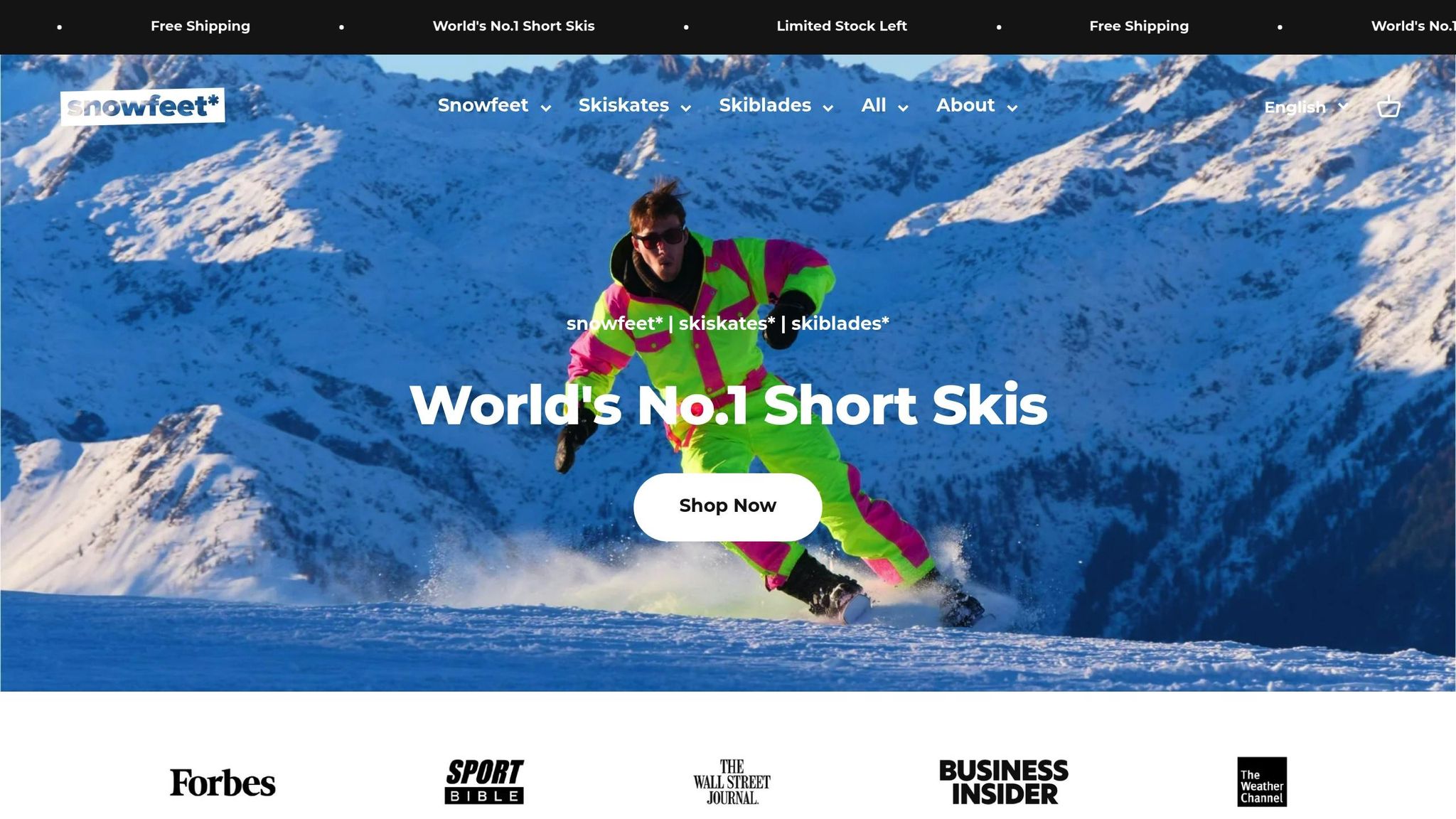
When it comes to Snowfeet* models, understanding boot and binding compatibility is essential. Here’s a quick guide to help:
| Model | Boot Compatibility | Recommended Use |
|---|---|---|
| Skiblades 65 cm | Alpine Boots (ISO 5355) | Designed for agility |
| Skiblades 99 cm | Alpine Boots (ISO 5355) | Improved edge control |
| Skiblades 120 cm | Alpine Boots (ISO 5355) | Focused on stability |
| Skiskates 44 cm | Ski or Snowboard Boots | Ideal for quick moves |
"With these little skis, you feel much more agile, faster, and above all – comfortable. No buckles, no heavy boots – just strap in and go." - Jakub F [4]
Using Manufacturer Guides
Double-checking your boot type is critical, but manufacturers' guides can help fine-tune your choices. Here’s what to do:
- Review Manufacturer Lists: Always consult the most up-to-date guides [3].
- Get Professional Adjustments: Have a technician adjust your bindings with specialized tools [3].
- Inspect Key Components: Look at the toe and heel pieces for wear, especially where replaceable parts meet the shell [3].
For the best results, have a certified technician confirm proper engagement and release settings [3]. This ensures both safety and optimal performance.
Summary
Let's break down the essentials from the boot and binding standards:
Pairing the right boots with the correct bindings is crucial for both safety and performance. Your bindings need to match your boot sole type - whether it's Traditional Alpine (ISO 5355), GripWalk (ISO 23223), or MultiNorm - to work properly and release when necessary [2].
Key Safety and Maintenance Tips
- Ensure bindings are securely attached while skiing.
- Bindings should release properly during falls.
- Maintain efficient power transfer between boots and skis.
- Avoid premature releases by keeping equipment in good condition.
- Check boot soles regularly for wear and tear.
- Replace worn toe and heel pieces as needed.
- Schedule an annual binding inspection with a professional.
Why Professional Setup Matters
A proper setup ensures your bindings release when they should. Research compatibility carefully, and trust a certified technician to verify everything [1].
Equipment Standards
Snowfeet* models meet Alpine boot standards, providing consistent performance. Always consult updated manufacturer guides and have your setup checked by a professional to stay safe on the slopes.
FAQs
How can I tell if my ski boots are compatible with GripWalk bindings?
To check if your ski boots are compatible with GripWalk bindings, look for the GripWalk logo or the GW designation on your boots. Most boots with a GripWalk sole (ISO 23223) are designed to work with MNC bindings, Marker Sole.ID bindings, and any bindings specifically labeled as GripWalk-compatible.
If you're unsure, consult your boot's manual or reach out to the manufacturer to confirm compatibility. Ensuring the right match between your boots and bindings is crucial for both performance and safety on the slopes.
What safety factors should I consider when using MultiNorm Compatible (MNC) bindings with different types of ski boot soles?
MultiNorm Compatible (MNC) bindings are designed to work with a variety of ski boot sole types, including traditional alpine boots (ISO 5355), GripWalk boots (ISO 23223), Walk-To-Ride (WTR) boots, and alpine touring/hybrid boots (ISO 9523). However, it’s crucial to ensure your bindings are properly adjusted to your specific boot type for safe performance.
Using bindings that are not correctly matched to your boot sole - such as pairing non-GripWalk alpine bindings with GripWalk boots - can lead to serious safety risks. For example, the binding may fail to release during a fall, increasing the likelihood of injury. Always double-check compatibility and have your setup inspected by a professional before hitting the slopes.
Why should I have my ski bindings professionally adjusted, even if they are compatible with my boots?
Even if your ski bindings are technically compatible with your boots, professional adjustment is essential to ensure safety and performance. Incorrect settings, such as the DIN release value, can lead to your bindings releasing too early or failing to release during a fall, increasing the risk of injury.
A professional adjustment takes into account key factors like your weight, height, age, skiing ability, and boot size to fine-tune the bindings for your specific needs. This ensures optimal performance and reduces the chance of accidents, giving you confidence on the slopes.

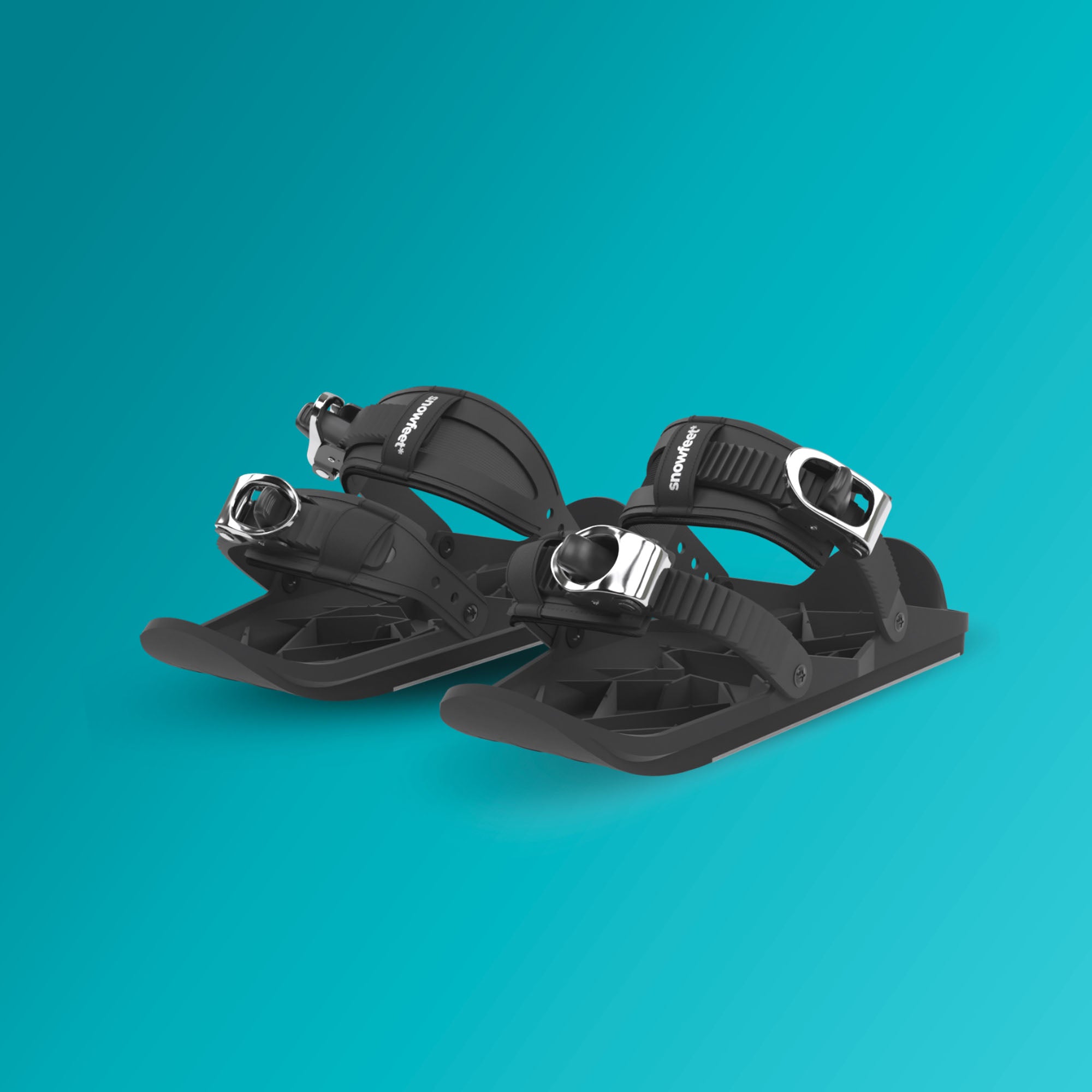


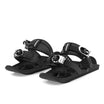
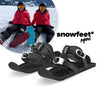

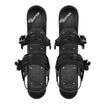


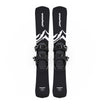
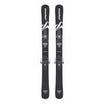
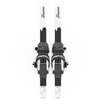
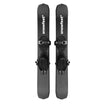
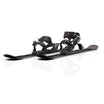
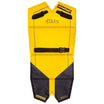

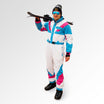
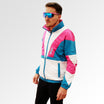
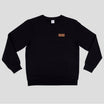
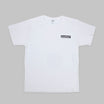
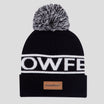
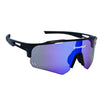
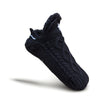
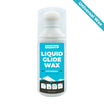
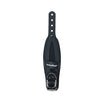
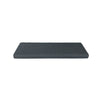
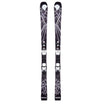




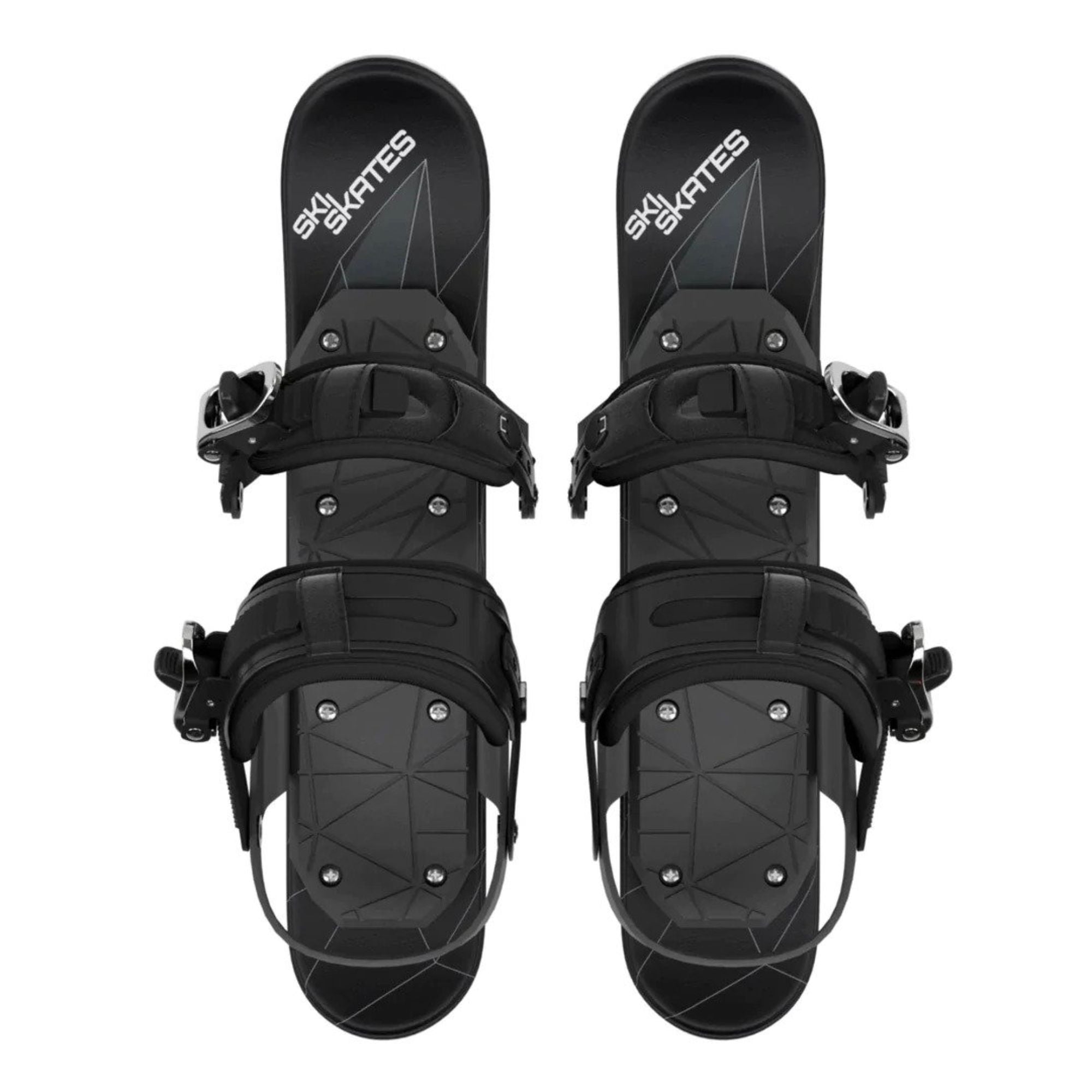
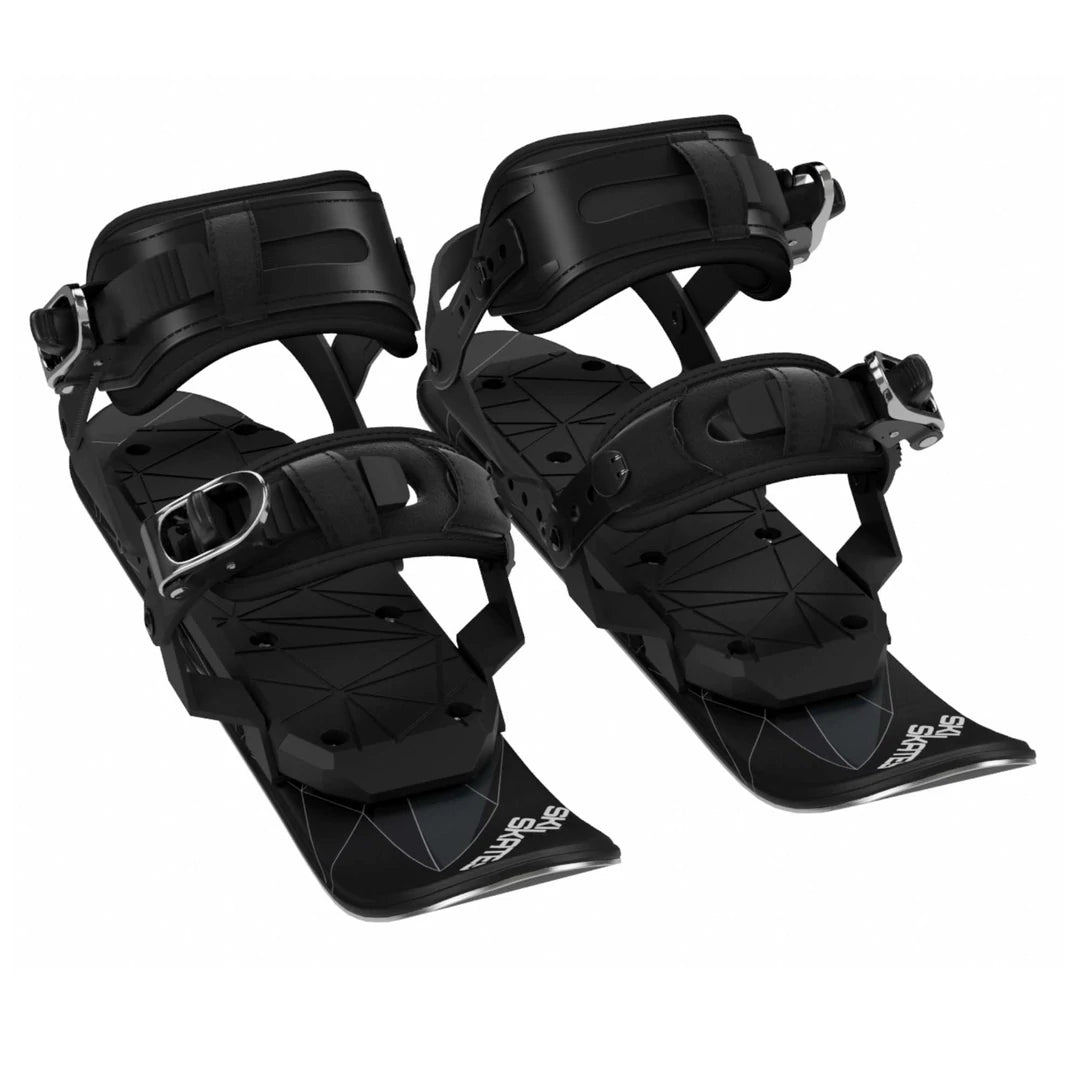
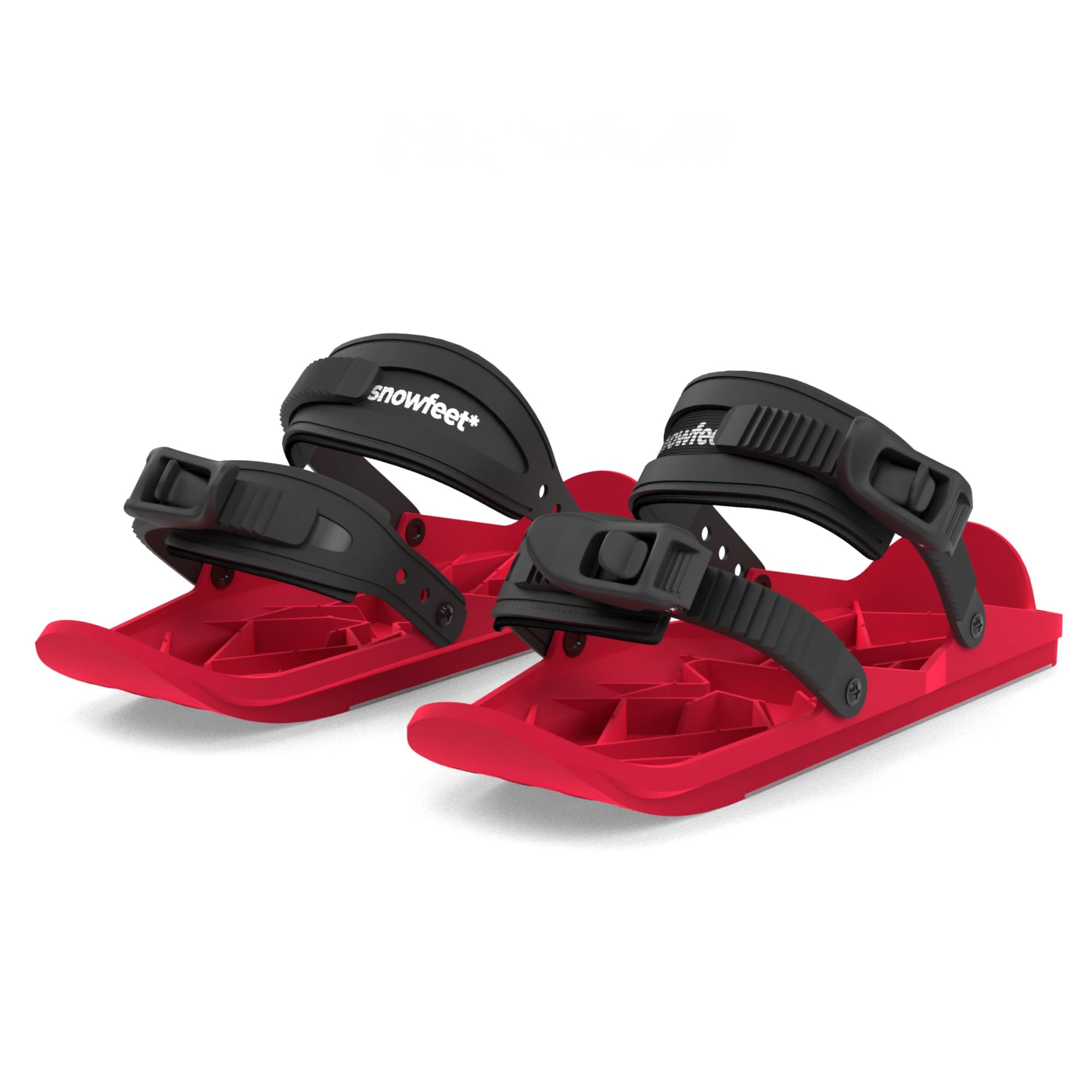





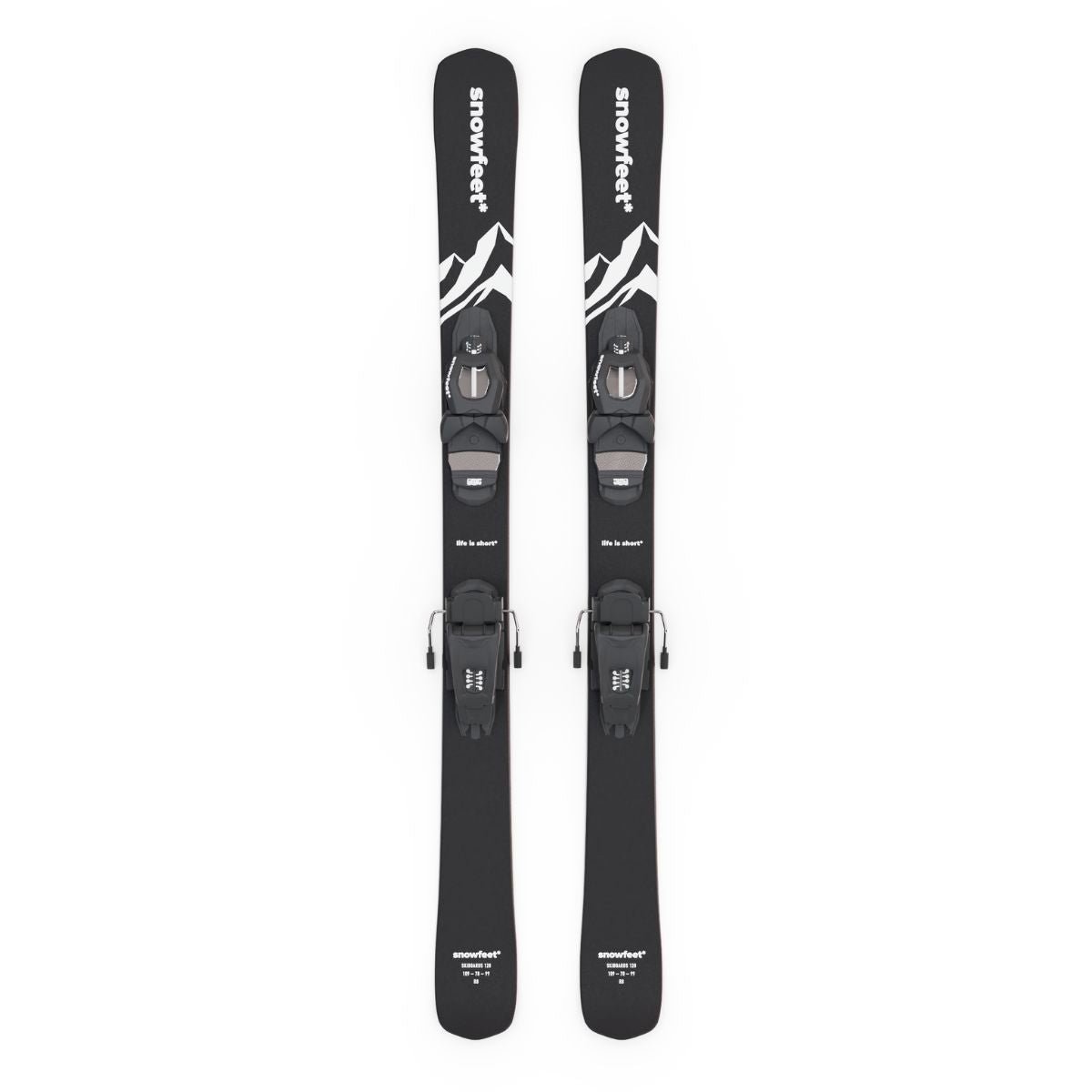
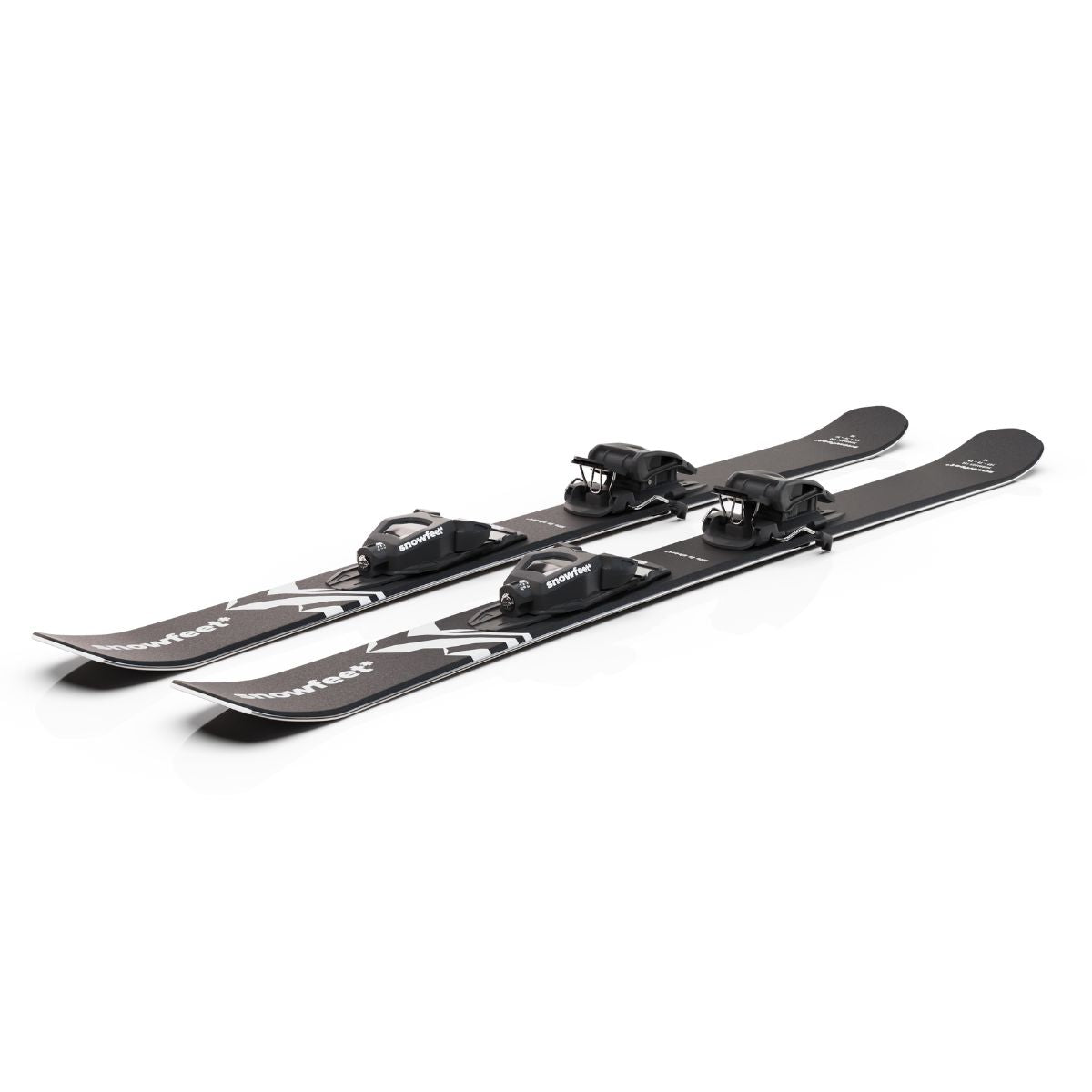
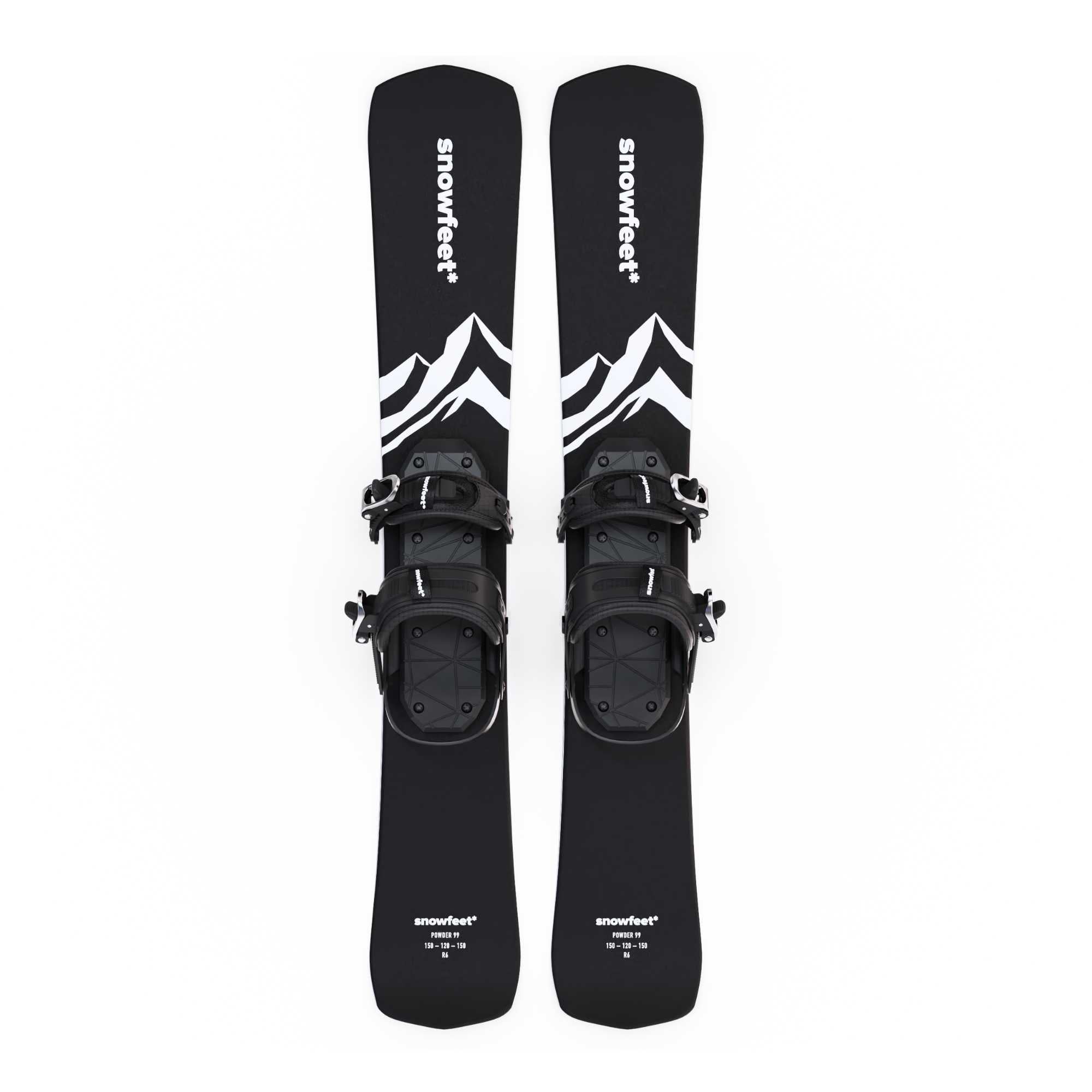
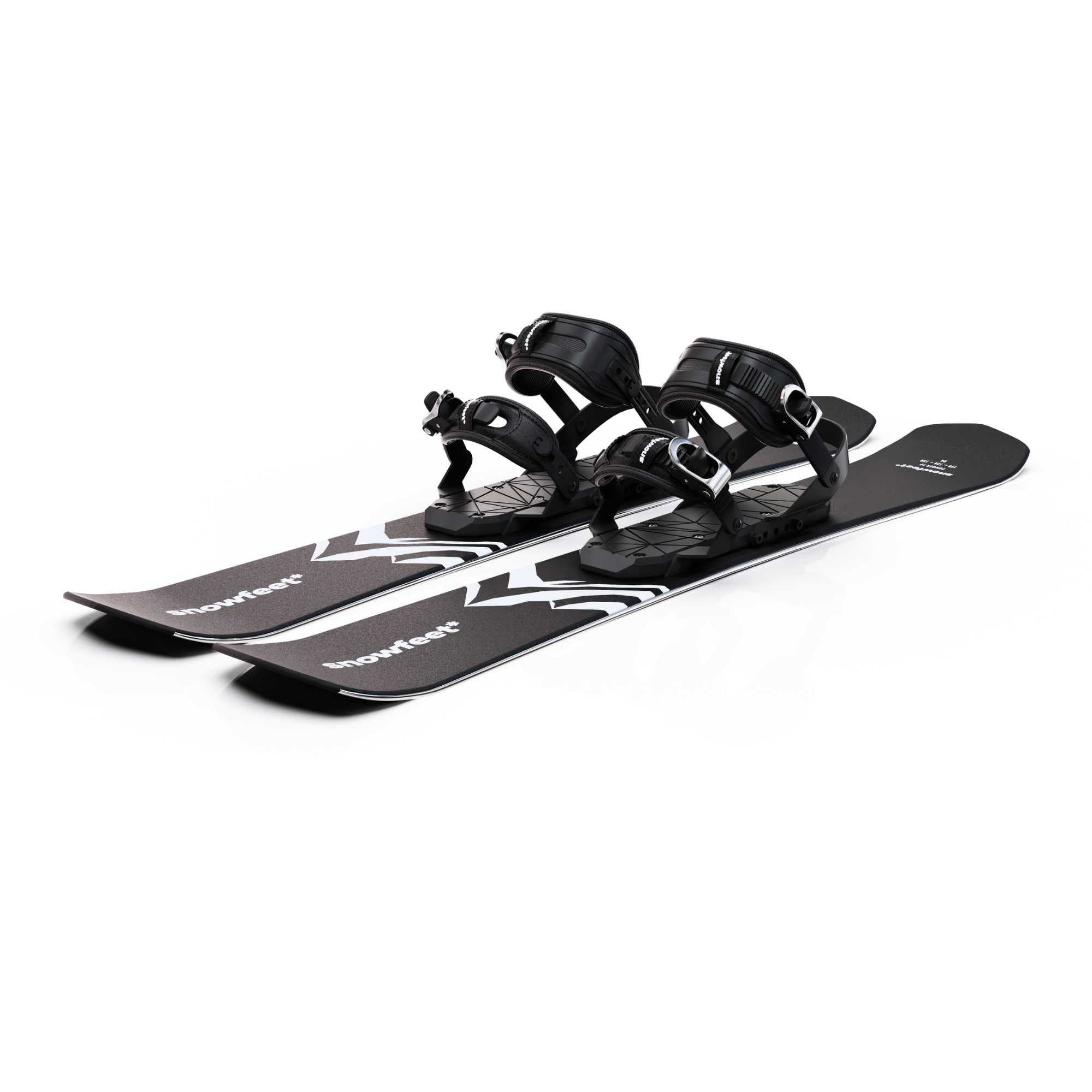
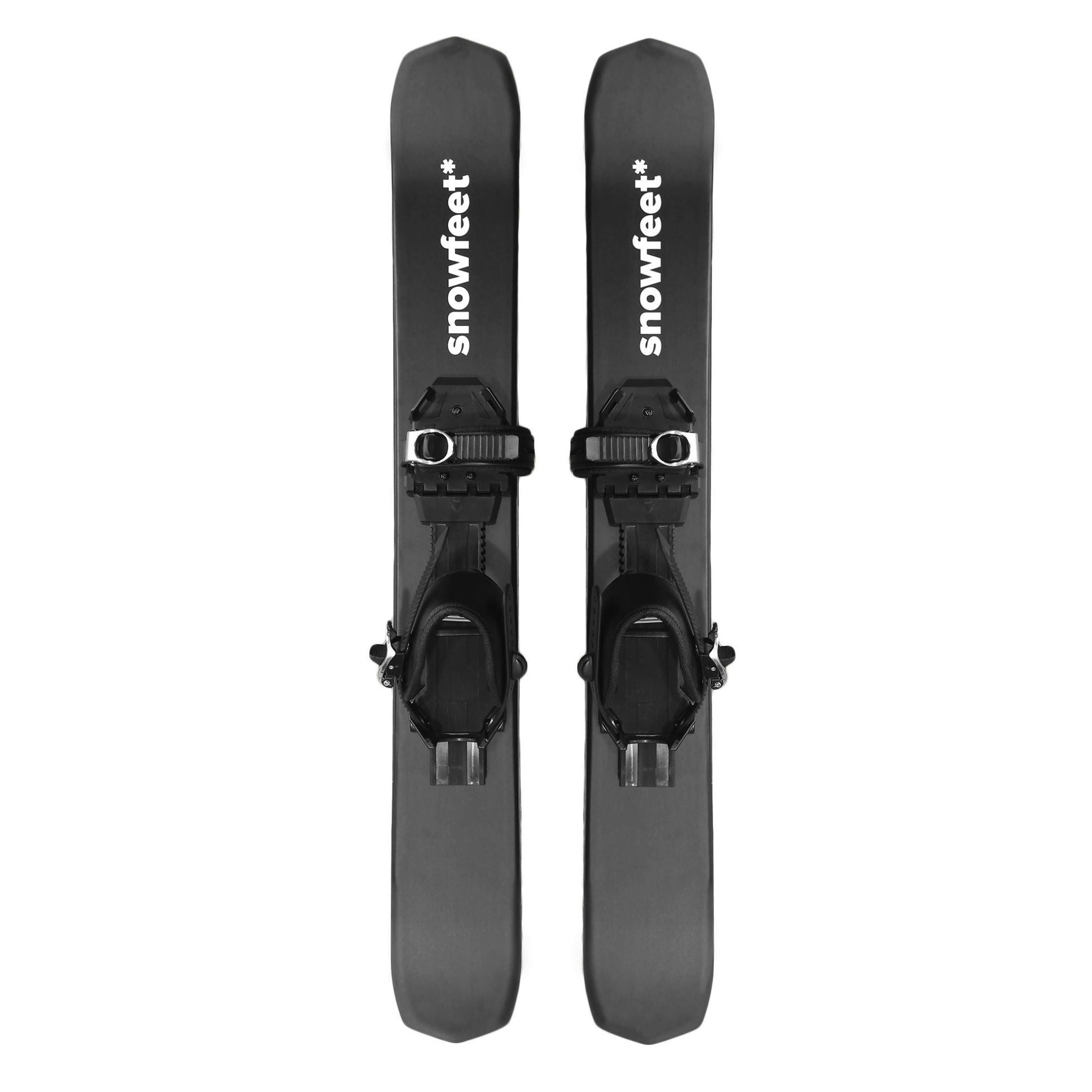
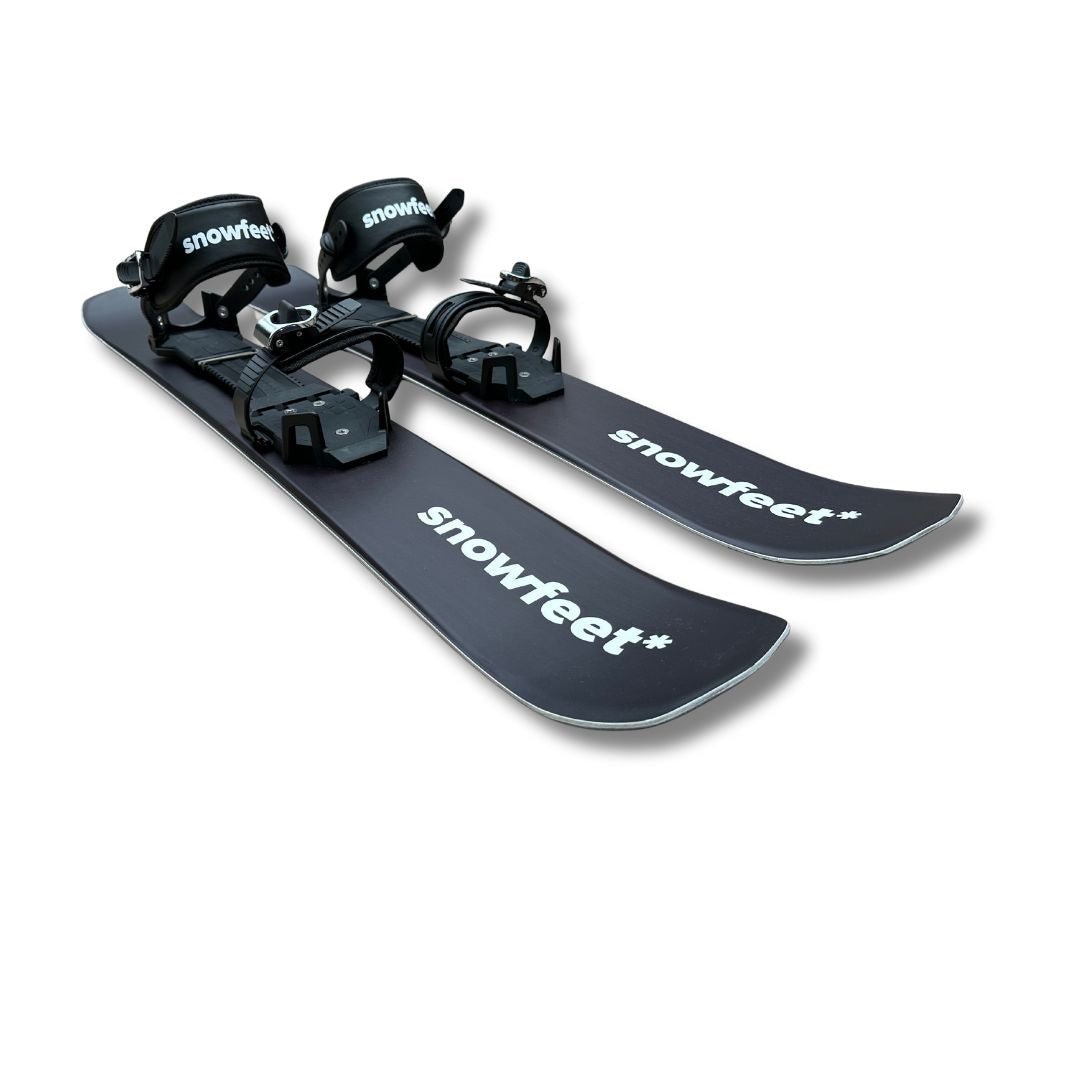
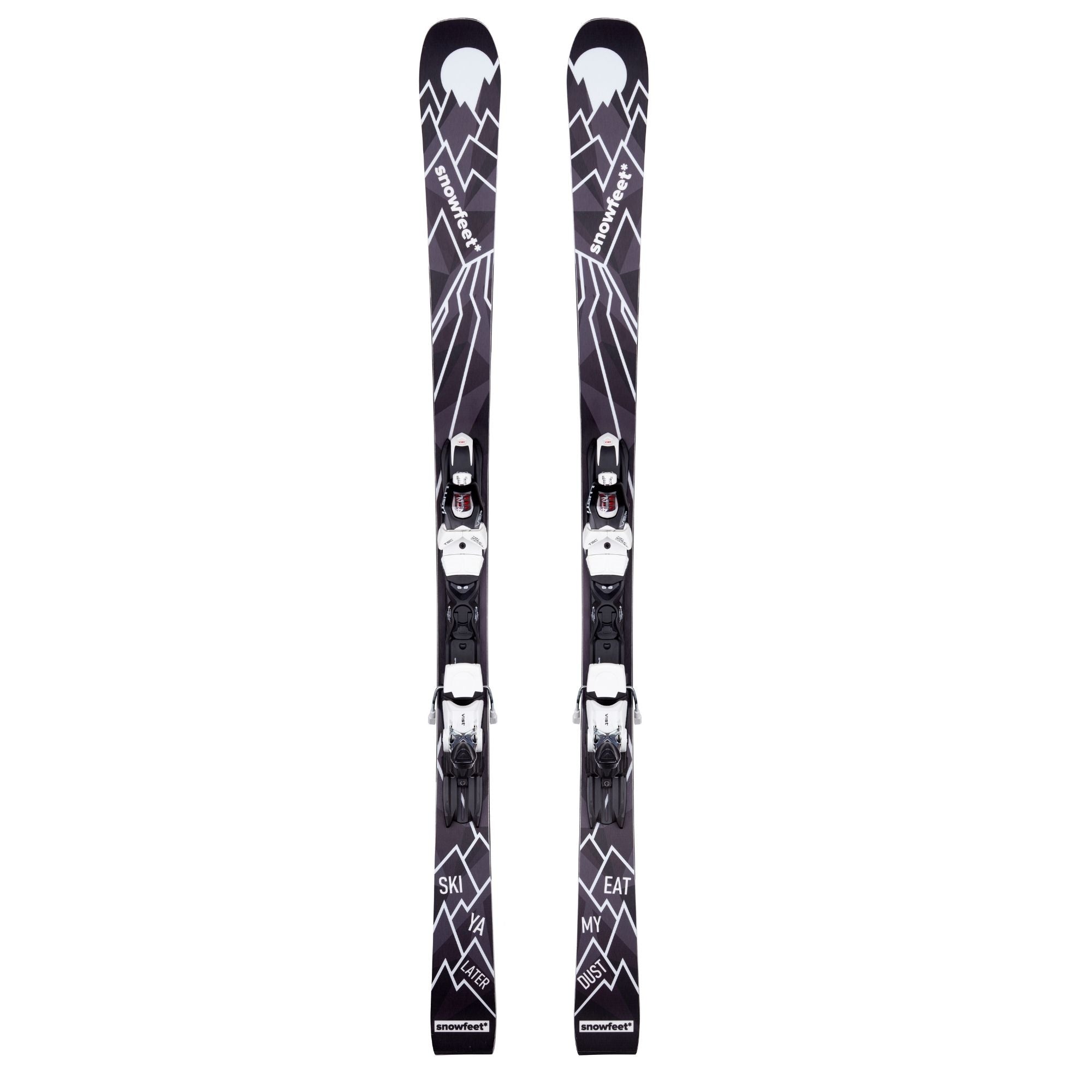
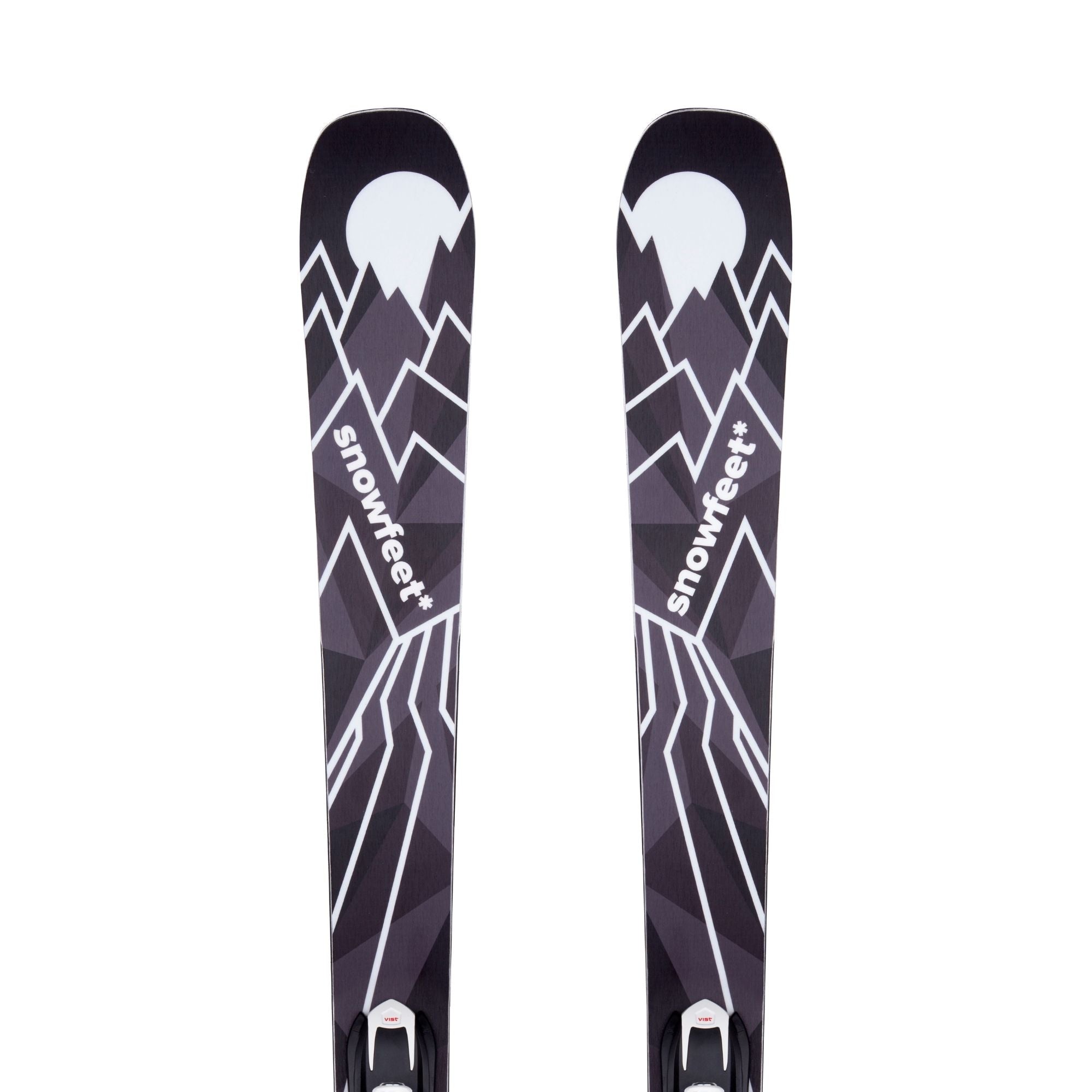
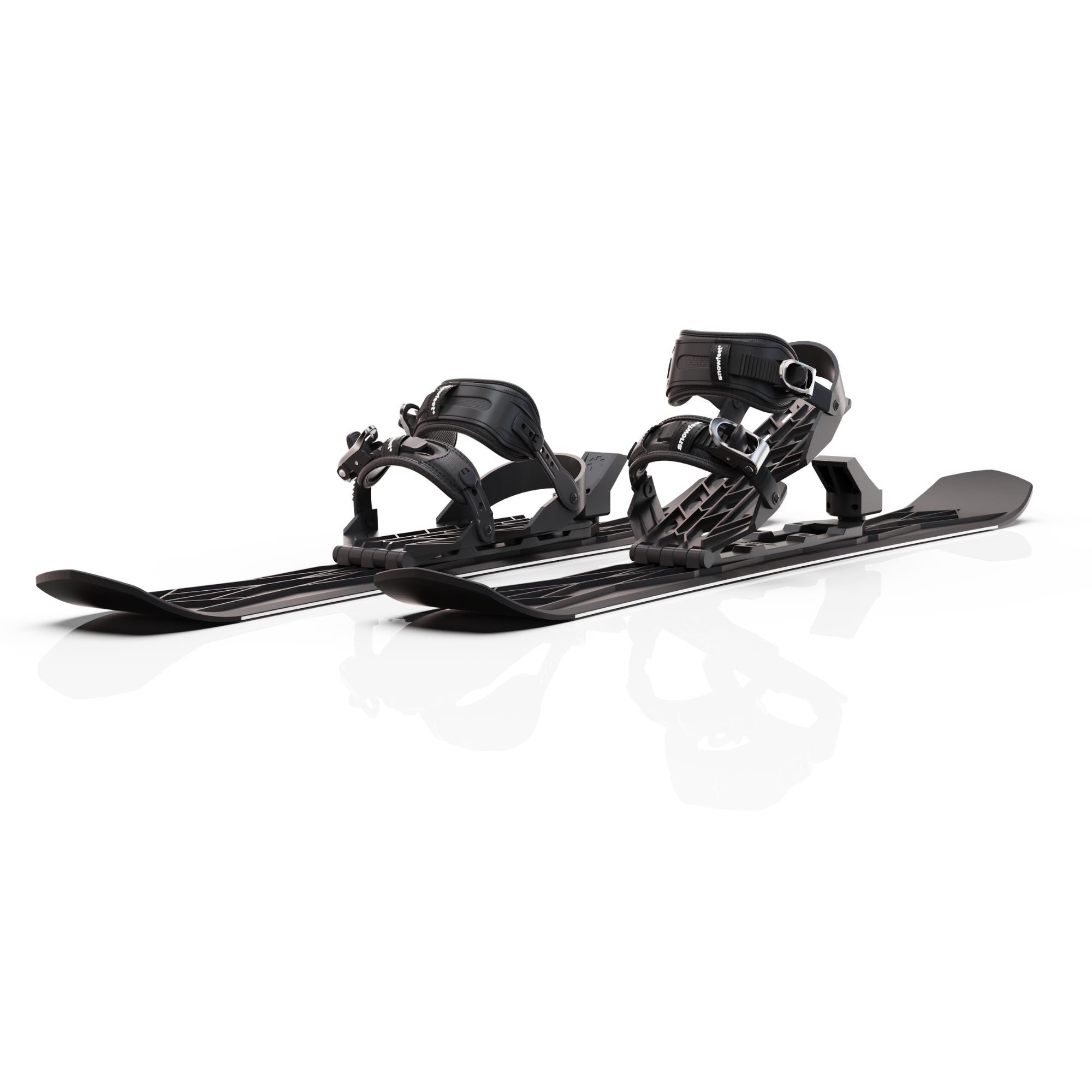

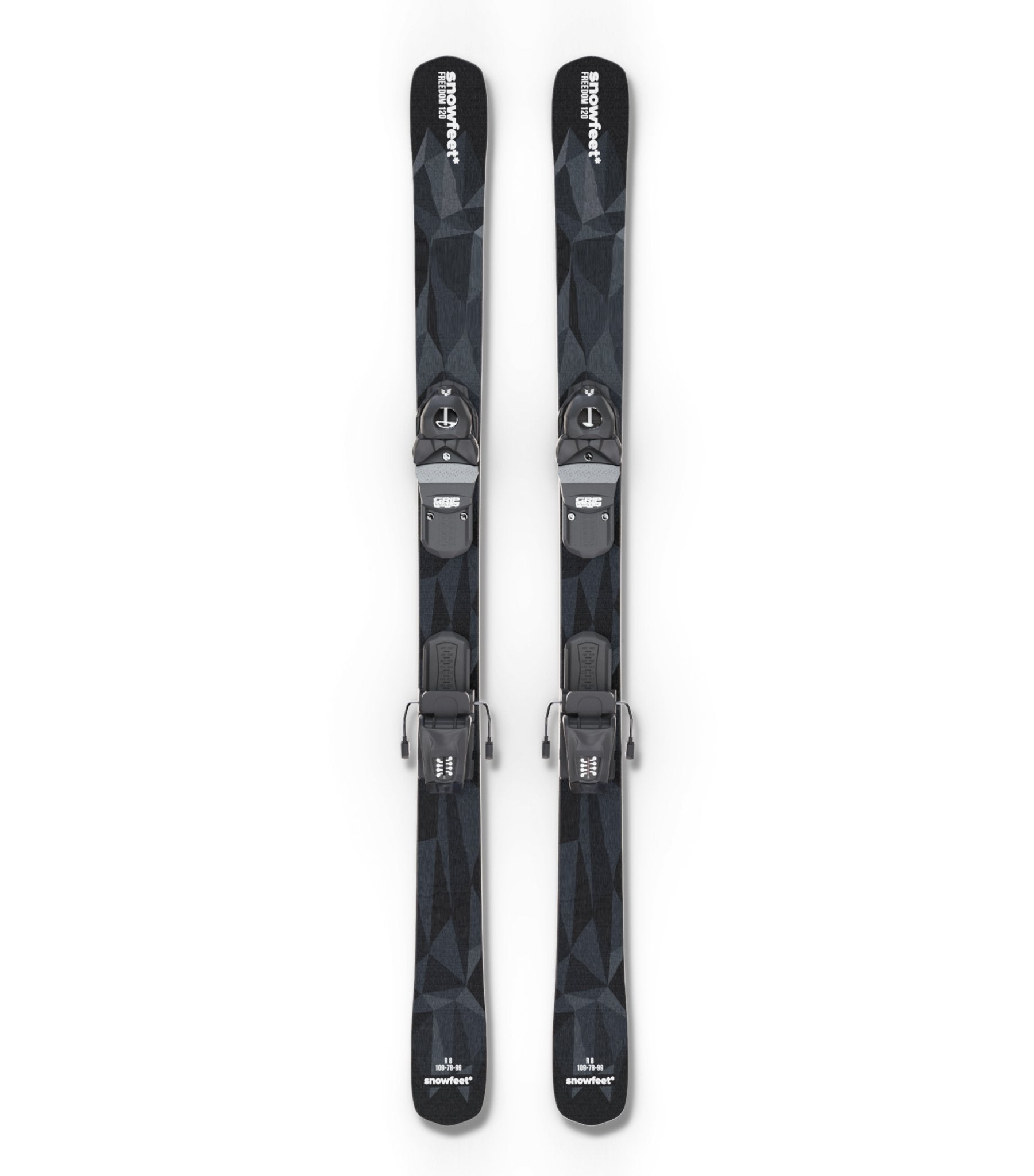
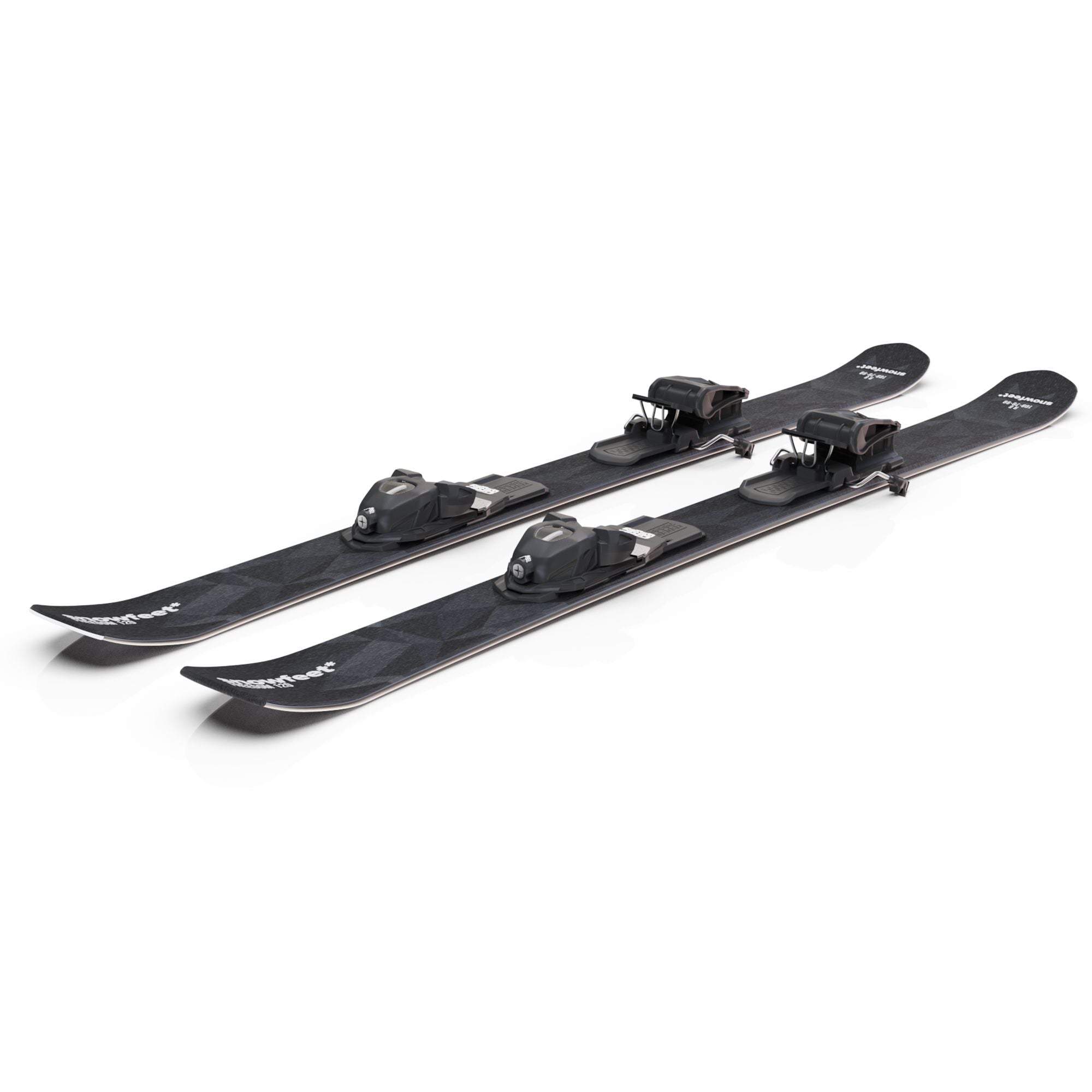
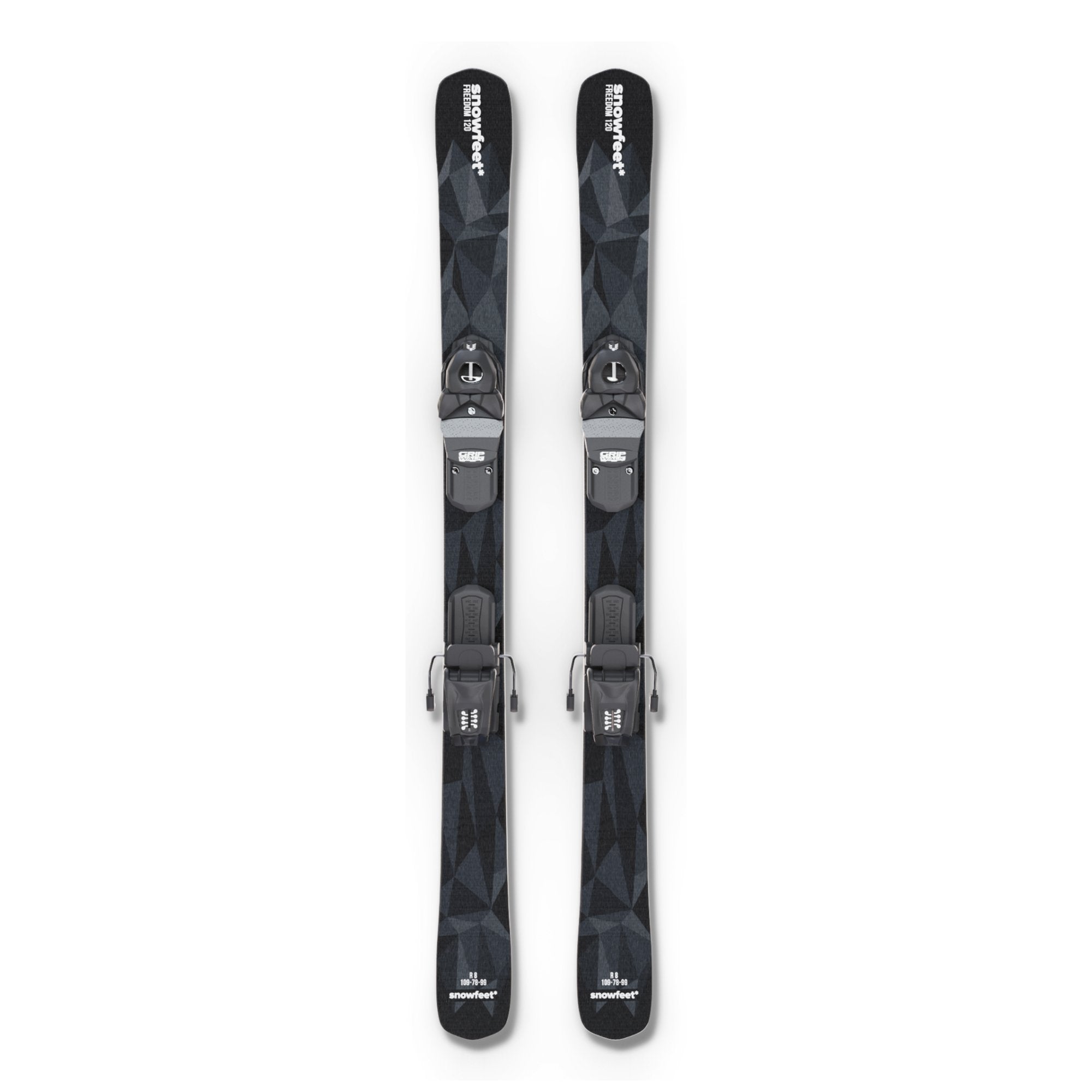
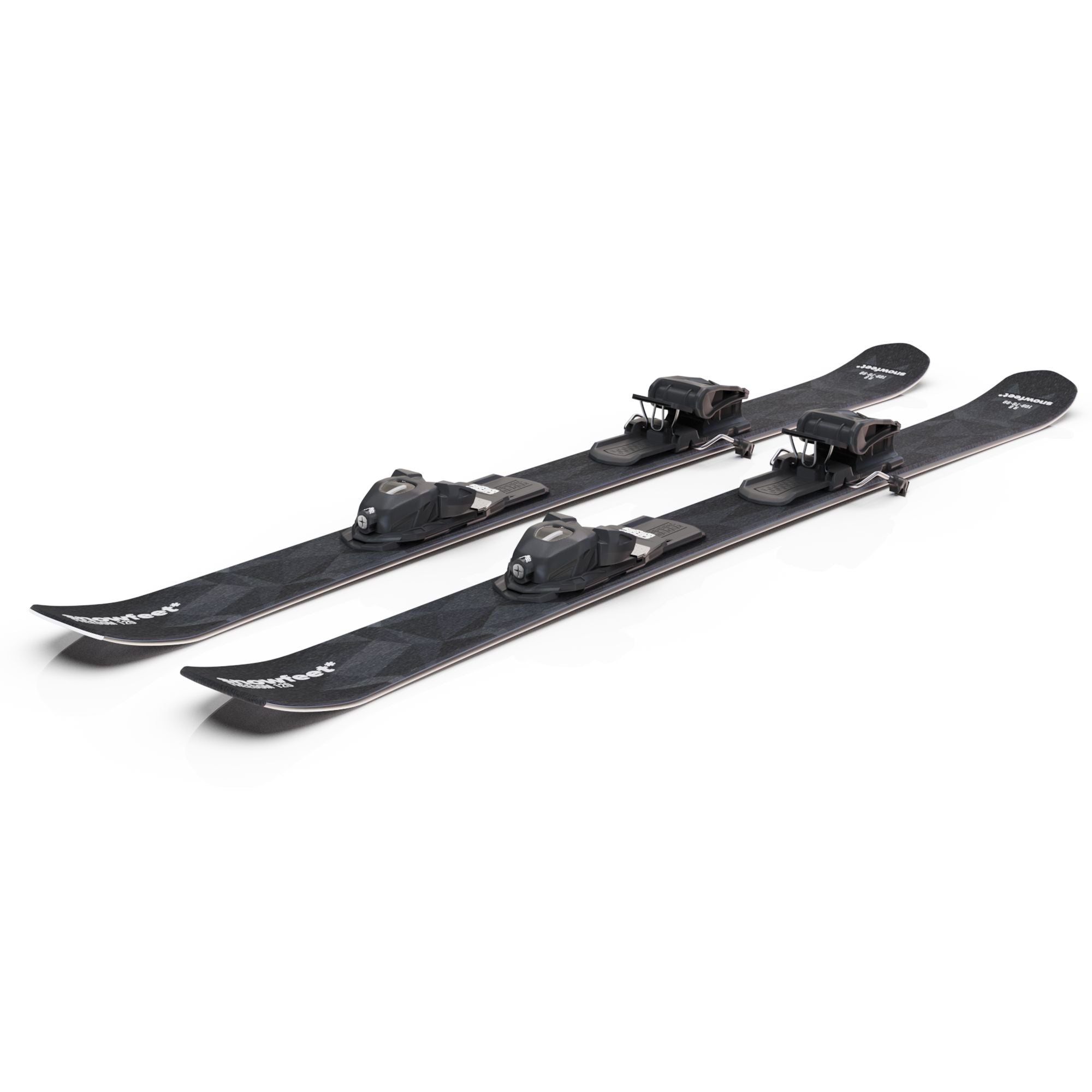
Commenta
Questo sito è protetto da hCaptcha e applica le Norme sulla privacy e i Termini di servizio di hCaptcha.